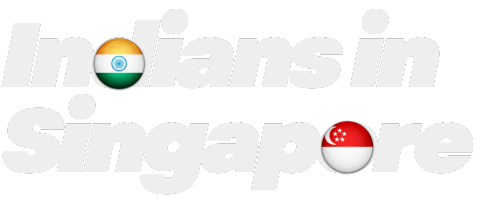Singapore is renowned for its robust and high-quality education system, which consistently ranks among the best in the world. For Indian parents moving to Singapore, understanding this system and finding the right educational path for your children can be crucial. This guide will help you navigate the Singapore education system and make informed decisions.
Overview of the Singapore Education System
The Singapore education system is divided into several stages:
Preschool Education: For children aged 3 to 6 years.
Primary Education: For children aged 6 to 12 years. This stage lasts six years and culminates in the Primary School Leaving Examination (PSLE).
Secondary Education: For students aged 12 to 16 or 17 years. Based on PSLE results, students are placed in different streams: Express, Normal (Academic), or Normal (Technical). From 2024, all incoming Secondary 1 students will be taking subjects based on the Subject-Based Banding format (Full SSB), with Secondary 4/5 students in 2025 being the last batch for streaming.
Post-Secondary Education: Includes Junior Colleges, Polytechnics, and Institutes of Technical Education (ITE).
Tertiary Education: Universities offering undergraduate and postgraduate programs.
Choosing the Right School
- Public Schools:
Primary and Secondary Schools: Public schools in Singapore are known for their rigorous curriculum and excellent facilities. Admissions are competitive, and placement is usually based on your residential address.
Integrated Program (IP): Some schools offer an Integrated Program, allowing students to bypass the GCE O-Levels and go straight to A-Levels or the International Baccalaureate (IB).
- Private and International Schools:
International Schools: These schools offer curricula such as the International Baccalaureate (IB), International General Certificate of Secondary Education (IGCSE), and various national curriculums from the US, UK, India, and others.
Indian Curriculum Schools: Schools like the Global Indian International School (GIIS) and DPS International School offer CBSE and ICSE curricula, providing a familiar environment for Indian students.
Key Considerations for Indian Parents
- Curriculum Differences:
The Singapore curriculum emphasizes mathematics and sciences and includes mandatory subjects such as Mother Tongue languages (Chinese, Malay, or Tamil). International schools offer more flexibility with curriculums that might be more aligned with the Indian education system.
- Admissions Process:
Public Schools: Admission to public schools can be challenging due to limited vacancies for non-citizens. The Ministry of Education (MOE) conducts an annual School Placement Exercise for Returning Singaporeans (SPERS) and the Admissions Exercise for International Students (AEIS).
International Schools: These schools have a more straightforward admissions process, but it’s advisable to apply well in advance due to high demand.
- Tuition Fees:
Public Schools: Tuition fees for public schools are significantly lower compared to private and international schools. Fees vary depending on the student’s residency status.
International Schools: These schools charge higher tuition fees, which can vary widely depending on the institution and curriculum.
- Extracurricular Activities:
Singaporean schools offer a wide range of extracurricular activities (ECAs) or co-curricular activities (CCAs), which are integral to holistic education. Encourage your child to participate in these activities for a well-rounded experience.
- Language Proficiency:
English is the medium of instruction in Singapore. Ensure your child has a good command of English. Additional support for English as a Second Language (ESL) is available in many schools.
Tips for a Smooth Transition
Research and Visit Schools: Take time to research and visit various schools to understand their environment, facilities, and teaching methodologies.
Engage with the Community: Join local parenting groups and forums to connect with other Indian families and gain insights and advice.
Prepare Your Child: Talk to your child about the new school environment and address any concerns they might have. Encourage them to embrace the new culture and opportunities.
Stay Involved: Regularly communicate with teachers and participate in school activities to stay informed about your child’s progress and well-being.
Conclusion
Navigating the Singapore education system can be a rewarding journey with the right information and preparation. By understanding the options available and considering your child’s needs and preferences, you can ensure a smooth transition and a fulfilling educational experience in Singapore.
Disclaimer: The primary school placement process in Singapore can be quite complex, involving multiple phases. It’s important to stay updated on any changes by regularly checking with the Ministry of Education (MOE) for the most accurate and current information.
Feedback: team.indiansinsg@gmail.com




